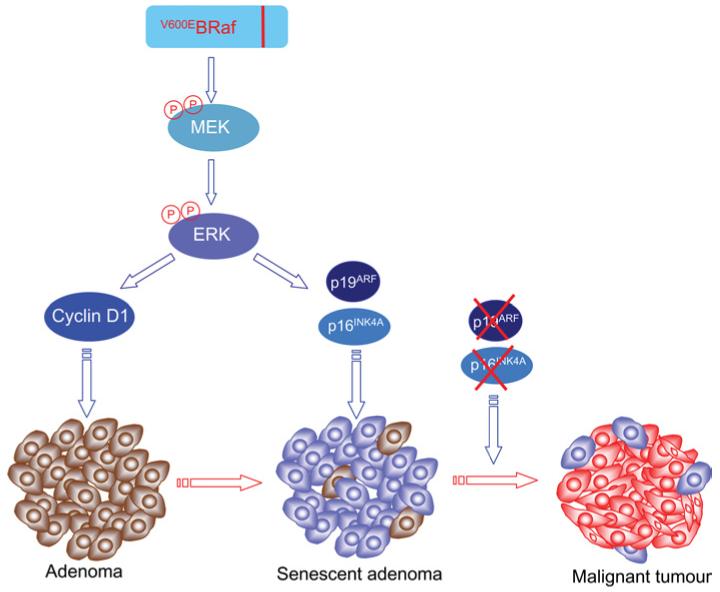Figure 2. Current model for role of V600EBRaf in tumour development and progression.

V600EBRAF is able to initiate the development of pre-malignant adenomas by inducing a rapid phase of cell proliferation through up-regulation of cyclin D1 expression. V600EBRaf can also induce the up-regulation of senescent markers including p16INK4A and p19ARF, through the MEK/ERK pathway. As a result, many of the cells within the adenoma are cell cycle arrested and the tumour cannot progress further. What controls the switch from the proliferative to senescent stage is currently not clear but there is evidence that both phenotypes are MEK/ERK-mediated. Further progression of the tumours requires a second hit within tumour suppressor genes such as CDKN2A, resulting in inactivation of p16INK4A and/or p19ARF. Cells with such an additional mutation have a proliferative advantage and allow further progression of the tumour. This model proposes that mutation of V600EBRaf is an initiating event and multiple genetic hits are required for development of the malignant disease. Proliferating V600EBRAF mutant cells are shown in brown, senescent V600EBRAF mutant cells in blue and malignant cells with V600EBRAF and CDKN2A mutations are shown in red.
